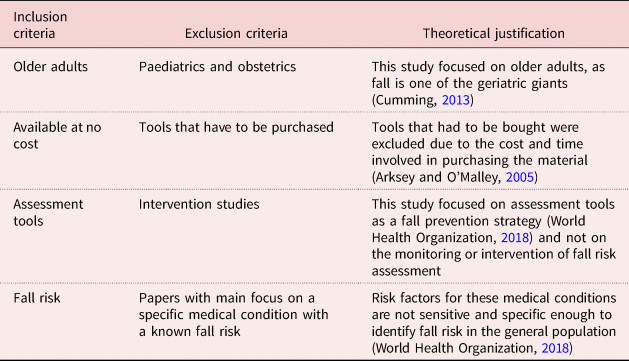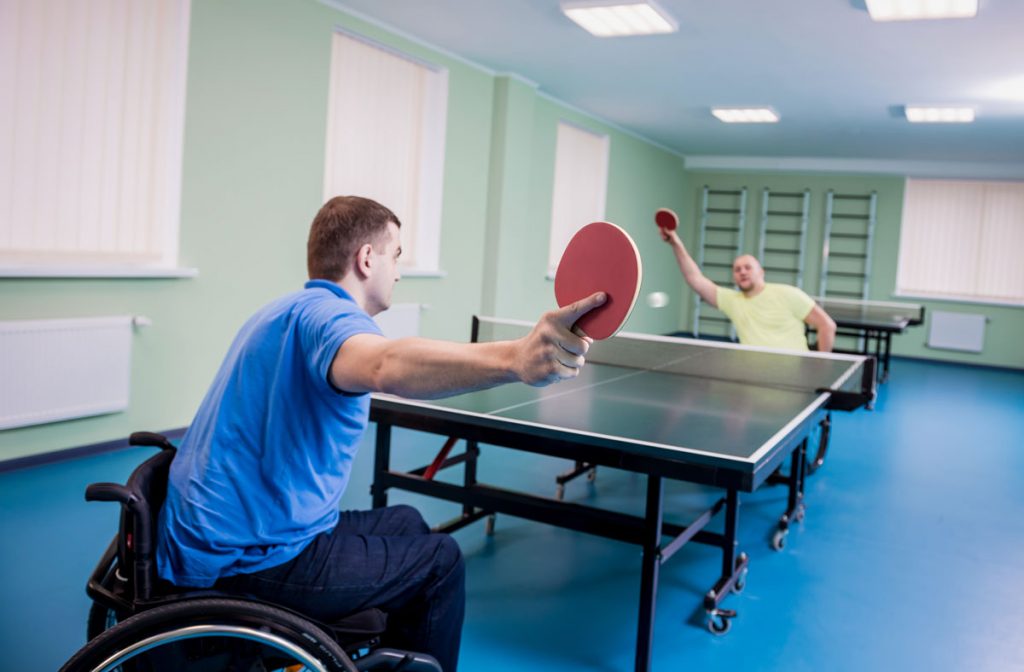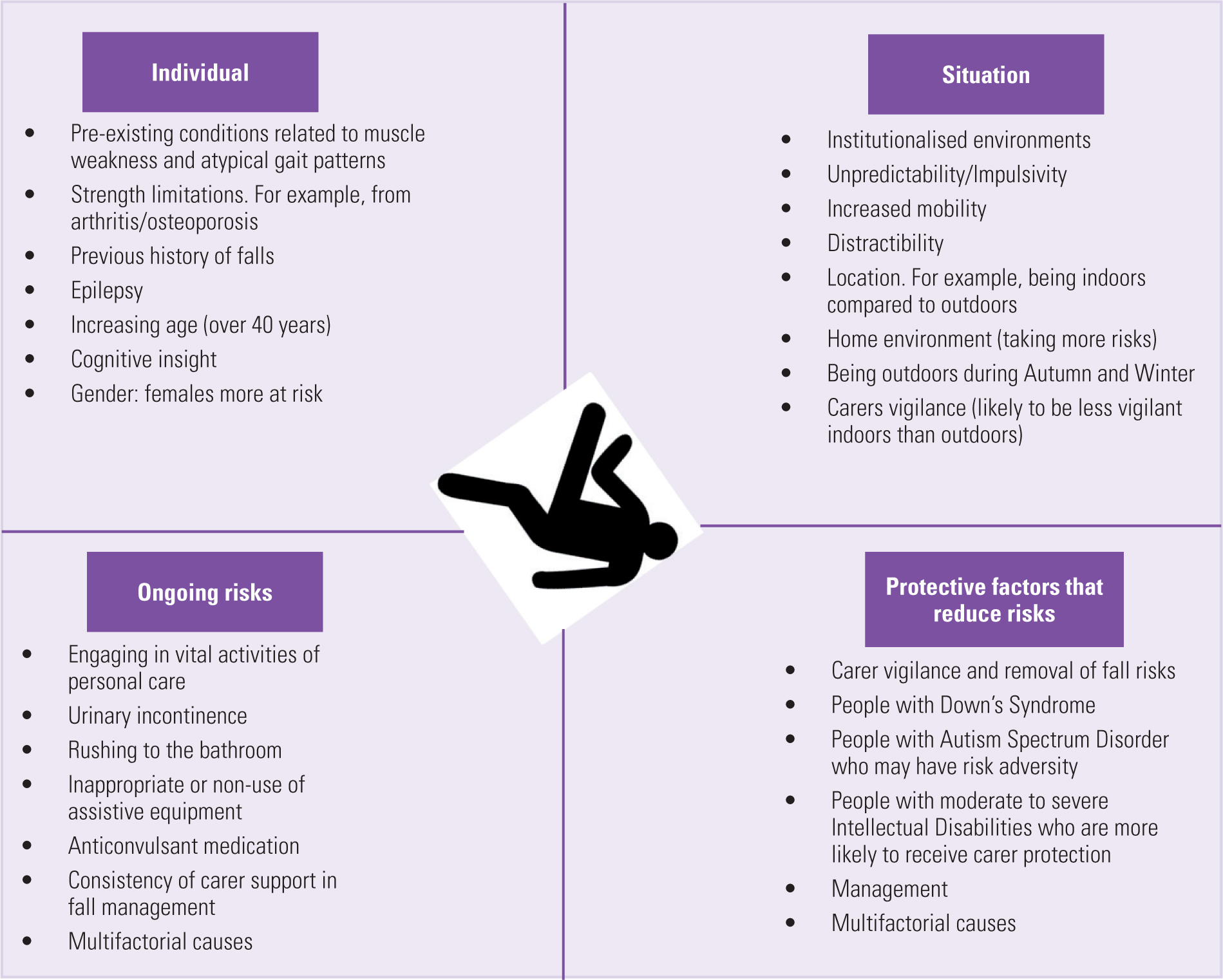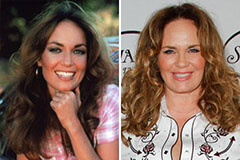All About Dementia Fall Risk
Table of ContentsOur Dementia Fall Risk StatementsDementia Fall Risk - TruthsThe Definitive Guide to Dementia Fall Risk4 Easy Facts About Dementia Fall Risk DescribedNot known Incorrect Statements About Dementia Fall Risk
Make sure that there is a designated location in your medical charting system where staff can document/reference ratings and record pertinent notes associated to fall avoidance. The Johns Hopkins Loss Threat Evaluation Device is one of numerous tools your team can use to assist avoid adverse clinical events.Individual falls in hospitals are usual and incapacitating damaging events that linger despite years of effort to lessen them. Improving communication across the assessing nurse, treatment team, patient, and individual's most entailed friends and household may strengthen fall avoidance initiatives. A team at Brigham and Women's Medical facility in Boston, Massachusetts, looked for to develop a standard loss prevention program that focused around boosted communication and individual and family members engagement.

The development team highlighted that successful execution depends on individual and personnel buy-in, assimilation of the program into existing operations, and fidelity to program processes. The group kept in mind that they are facing how to make certain continuity in program application throughout durations of crisis. During the COVID-19 pandemic, as an example, a rise in inpatient drops was associated with restrictions in patient involvement together with restrictions on visitation.
The Only Guide for Dementia Fall Risk
These events are generally considered preventable. To apply the treatment, companies need the following: Access to Fall TIPS resources Loss pointers training and re-training for nursing and non-nursing team, consisting of brand-new registered nurses Nursing workflows that enable individual and household interaction to carry out the drops analysis, make sure usage of the prevention strategy, and conduct patient-level audits.
The outcomes can be extremely damaging, frequently increasing client decline and triggering longer medical facility keeps. One research estimated stays raised an added 12 in-patient days after an individual autumn. The Fall TIPS Program is based upon engaging patients and their family/loved ones throughout three major procedures: evaluation, individualized preventative treatments, and bookkeeping to guarantee that individuals are taken part in the three-step autumn prevention process.
The client analysis is based upon the Morse Loss Scale, which is a confirmed loss danger analysis tool for in-patient hospital setups. The scale includes the 6 most common reasons patients in medical facilities drop: the client loss history, risky problems (consisting of polypharmacy), use IVs and other exterior gadgets, mental condition, gait, and flexibility.
Each threat element web links with one or even more actionable evidence-based interventions. The nurse creates a strategy that integrates the treatments and shows up to the care team, client, and household on a laminated poster or published visual aid. Nurses establish the strategy while meeting the person his comment is here and the client's family members.
The smart Trick of Dementia Fall Risk That Nobody is Discussing
The poster functions as an interaction tool with other members of the individual's treatment team. Dementia Fall Risk. The audit component of the program includes evaluating the individual's expertise of their risk aspects and avoidance plan at the unit and medical facility levels. Nurse champions carry out at least five specific meetings a month with clients and their family members to look for understanding of the autumn prevention strategy

A projected 30% of these falls outcome in injuries, which can range in severity. Unlike various other unfavorable events that call for a standard medical reaction, loss explanation prevention depends highly on the requirements of the client.
What Does Dementia Fall Risk Do?

Based on auditing outcomes, one site had 86% compliance and 2 websites had over 95% compliance. A cost-benefit evaluation of the Loss suggestions program in 8 medical facilities approximated that the program price $0.88 per patient to carry out and caused cost savings of $8,500 per 1000 patient-days in straight prices associated to the avoidance of 567 drops over three years and eight months.
According to the innovation team, organizations curious about implementing the program ought to carry out a preparedness analysis and falls prevention spaces evaluation. 8 Furthermore, companies must make certain the necessary infrastructure and workflows for application and create an execution plan. If one exists, the organization's Fall Prevention Job Force must be entailed in planning.
Some Known Facts About Dementia Fall Risk.
To begin, organizations must guarantee completion of training components by registered nurses and nursing assistants - Dementia Fall Risk. Health center staff original site need to analyze, based on the requirements of a medical facility, whether to make use of a digital wellness document hard copy or paper variation of the autumn avoidance strategy. Carrying out groups need to hire and train registered nurse champs and establish procedures for auditing and coverage on autumn data
Staff require to be associated with the process of upgrading the workflow to involve clients and family in the analysis and prevention strategy procedure. Solution should remain in place to ensure that units can recognize why an autumn took place and remediate the cause. Extra particularly, registered nurses must have networks to provide continuous responses to both personnel and unit management so they can adjust and enhance loss prevention process and connect systemic problems.
 Ben Savage Then & Now!
Ben Savage Then & Now! Amanda Bearse Then & Now!
Amanda Bearse Then & Now! Elisabeth Shue Then & Now!
Elisabeth Shue Then & Now! Marcus Jordan Then & Now!
Marcus Jordan Then & Now! Catherine Bach Then & Now!
Catherine Bach Then & Now!